EXPERTISE // SERVICES // FIRE PROTECTION AND LIFE SAFETY
Fire Suppression System Design and Consulting
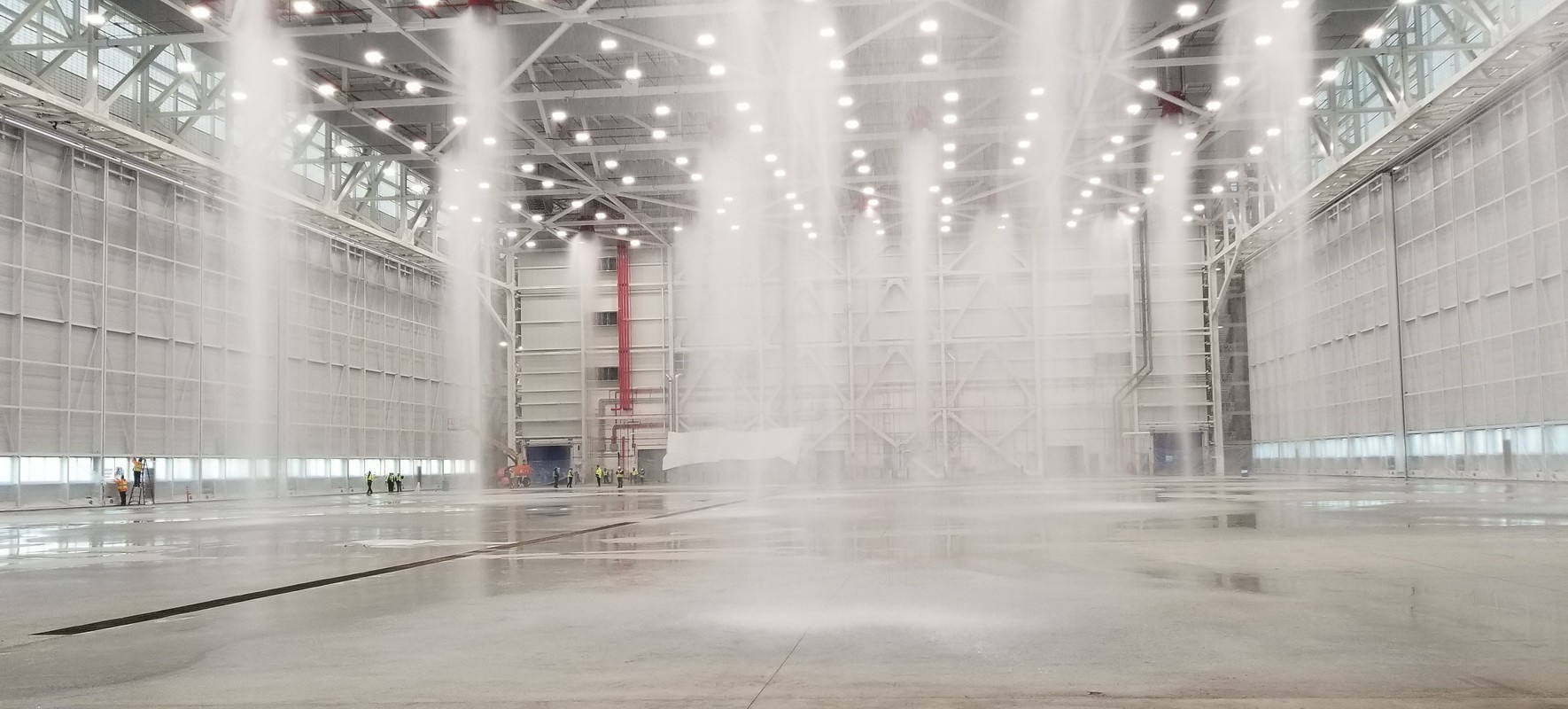

Wet-pipe sprinkler systems are one of the most reliable forms of fire protection for buildings, but they can be challenging to design and are not always a viable solution. Freezing environments, critical equipment, water-sensitive or hazardous materials, high-challenge storage configurations, and historic structures or contents are just a few examples that present special fire suppression challenges. Our fire protection engineers evaluate the specific conditions at each project site to identify the appropriate fire suppression technologies to meet the fire safety objectives.
Our fire protection engineers and consultants draw on extensive knowledge of fire hazards, fire suppression systems and agents, and building construction to understand each client’s project objectives and meet their needs with custom solutions. Throughout the project life cycle, we collaborate with the design and construction teams and work with the authorities having jurisdiction to provide a reliable and code-compliant design with long-term maintenance needs in mind.
Utilizing state-of-the-art design tools, such as AutoCAD and Revit/Navisworks, our fire protection engineers and consultants design wet-pipe, dry-pipe, and pre-action sprinkler systems and fire standpipe systems. Our professionals also design and analyze fire protection water supplies—such as private fire water mains, water storage tanks, and fire pumps—for a variety of buildings and campuses.
We are experienced in the specification and design of special hazards fire extinguishing systems using clean agents, wet and dry chemicals, water mist, foam water, and carbon dioxide.
- Fire protection system design and analysis
- Fire protection system criteria
- Design/build specifications
- Detailed design/construction documents
- Fire suppression condition and code assessment
- Hydraulic design and site-wide water supply modeling
- Deficiency resolution
- Phased upgrade/replacement planning
- Preparing/negotiating variances
- Third-party peer review
- Commissioning and integrated systems testing
- Construction period observation, documentation, and on-site verification
- Loss investigation/expert testimony
RELATED INFORMATION
-
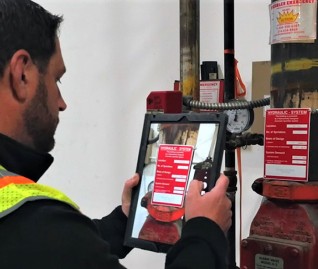 Our professionals are experienced providers of fire protection and life safety services for all... MORE >Services | Fire Protection and Life Safety
Our professionals are experienced providers of fire protection and life safety services for all... MORE >Services | Fire Protection and Life Safety -
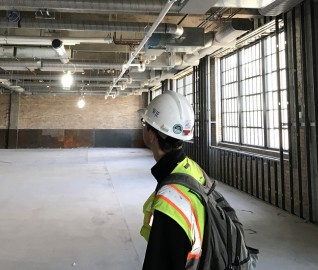 WJE fire protection engineers verify that fire alarm systems are appropriately designed and... MORE >Services | Fire Alarm System Design and Consulting
WJE fire protection engineers verify that fire alarm systems are appropriately designed and... MORE >Services | Fire Alarm System Design and Consulting -
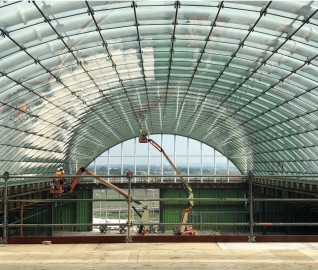 WJE analyzes fire hazards, evaluates risks, and develops project-specific code compliance... MORE >Services | Building and Fire Code Consulting
WJE analyzes fire hazards, evaluates risks, and develops project-specific code compliance... MORE >Services | Building and Fire Code Consulting -
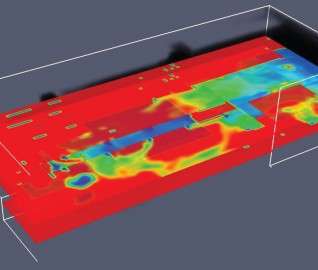 WJE's mathematical and advanced simulation tools and techniques provide our clients with... MORE >Services | Fire Engineering and Modeling
WJE's mathematical and advanced simulation tools and techniques provide our clients with... MORE >Services | Fire Engineering and Modeling



































